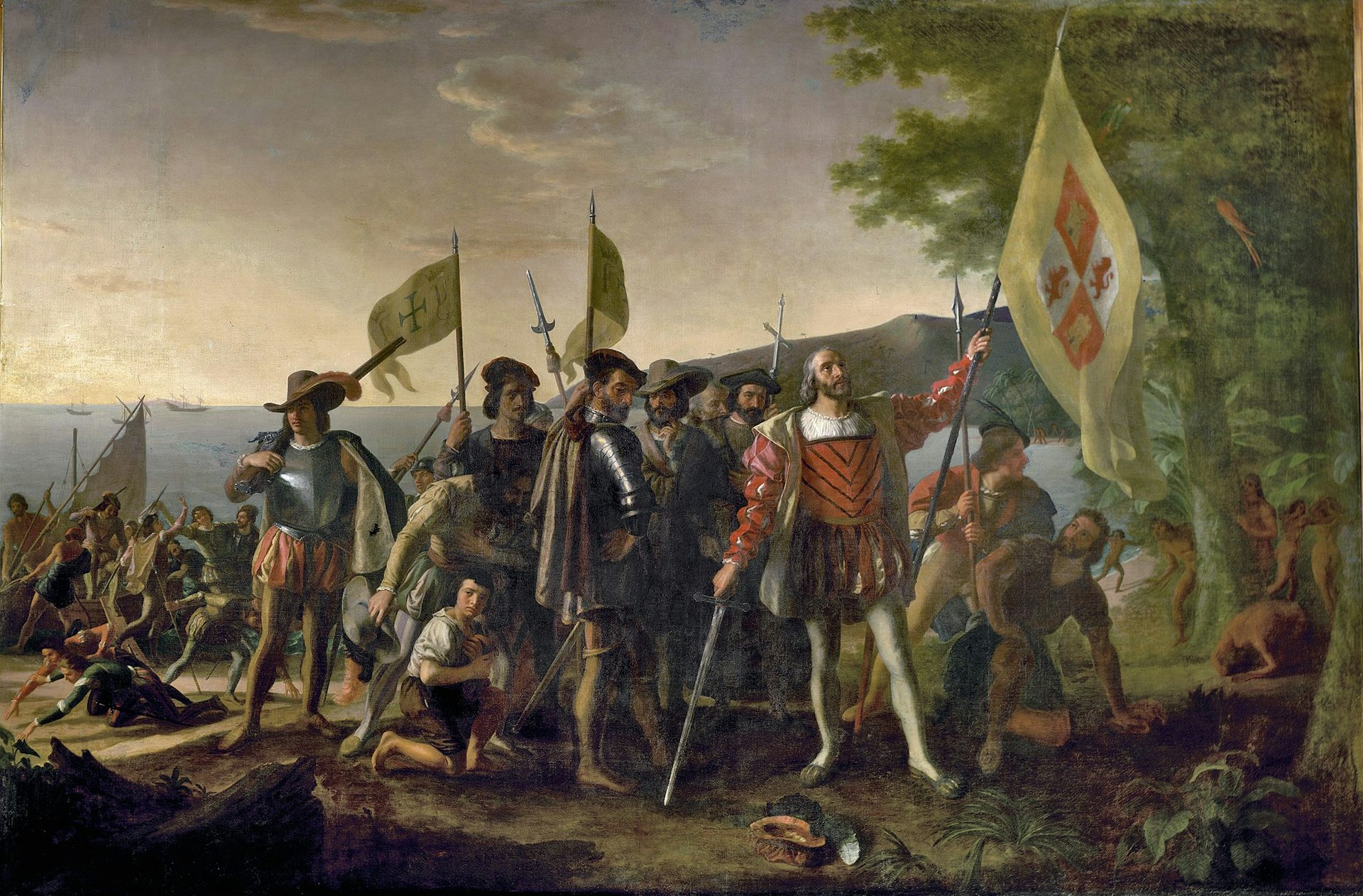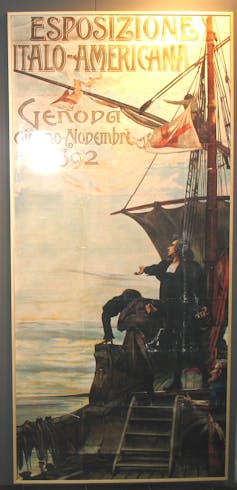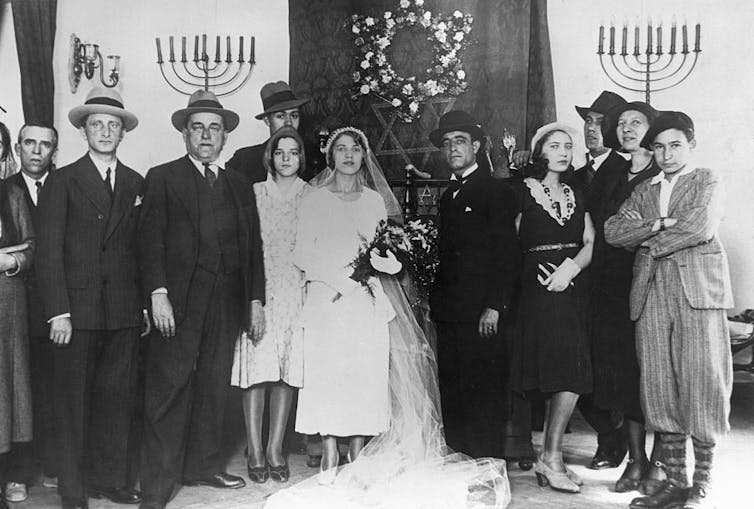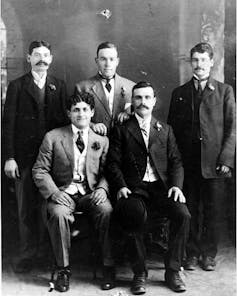Canada’s West Coast Ports to Lockout Union After Foreman File Strike Notice
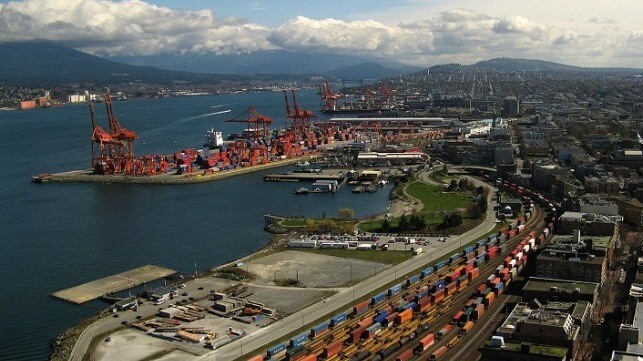
The long-simmering West Coast labor dispute at Canada’s West Coast ports is set to disrupt cargo operations as the union filed notice of a strike and the employers responded with a lockout notice due to start Monday, November 4. Businesses are calling for the federal government to intervene to prevent the second closure in two years of Canada’s busiest ports.
The International Longshore and Warehouse Union Ship & Dock Foreman Local 514 filed on Thursday a 72-hour advance notice of a strike ahead of the expiration of a strike authorization granted by members over the summer. The union had previously attempted to strike at DP World’s facilities but was blocked by Canadian labor regulators who cited the union for singling out DP World in the contract dispute.
The employers represented by the BC Maritime Employers Association responded to the strike notice saying they intend to implement a full lockout calling it a “defensive measure.” The union highlights the strike notice is for a “limited action” consisting of an overtime ban and refusal to implement technology changes.
“Strike activity can easily escalate, including a complete withdrawal of labor without notice,” BCMEA wrote in its statement explaining the planned lockout. “To facilitate a safe and orderly wind-down of operations, the BCMEA has issued formal notice of its intention to defensively lock out all ILWU Local 514 members on Monday, November 4 at or around 09:00 am PT. Should it be required, this coastwide lockout will shut down all cargo operations of BCMEA Member companies across the province.”
Impacted would be Canada’s busiest port, Vancouver, and Prince Rupert, which is Canada’s third busiest port. Montreal is Canada’s second busiest port and struggling with its own labor problems. The West Coast action would stop containers and general cargo although it would not affect longshoring operations on grain vessels or cruise operations.
The Greater Vancouver Board of Trade responded to the latest development saying the strike endangers more than US$500 million in daily trade. In the summer of 2023, the same ports were hit with a 13-day strike which caused widespread disruption and was resolved through pressure from the federal government. The Board of Trade is again calling on the federal government to intervene to prevent the strike/lockout.
“We did not arrive to this decision lightly,” said BCMEA. They are citing the union’s “intransigence” saying it provoked the decision even after Canadian labor regulators last week said the union has been bargaining in bad faith.
A key part of the dispute centers around work rules, manning, and the use of automation. The local has repeatedly singled out DP World which it says has taken the most aggressive stance to implement technology. The union is demanding the new contract set a better work-life balance. The local which represents about 700 foremen has been without a contract since the prior one expired in March 2023.
The employers contended that they had met with the local this week making their final offer which included a better than 19 percent total wage increase with a signing bonus and retroactive pay which they said they would accelerate to delivery in mid-December. The union assets the local presented “proposals and positions that took bargaining backwards,” during this week’s meeting.
The federal government and Canadian labor regulators are faced with a bi-coastal problem as the longshore workers in Montreal also started a strike at two container terminals this week. Like their West Coast counterparts, they are focused on work rules and manning. A union lead said if those issues could be resolved the wage increase would be easy. Canada’s federal government has been reluctant to intervene in these labor disputes despite the potential for widespread economic disruption.
Montreal Dockworkers Schedule Strike Against Terminal Operator for MSC
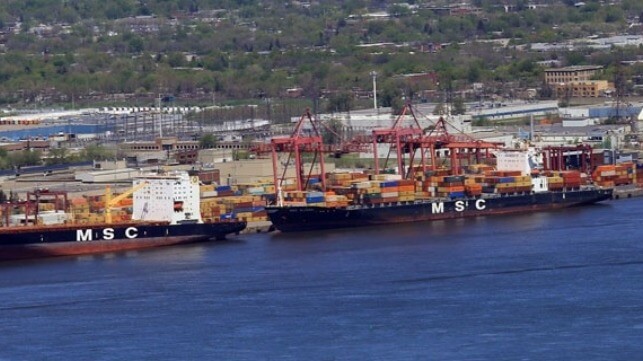
Dockworkers in Montreal, Canada filed notice of their intent to go on strike starting Thursday, October 31, against two of the primary container terminals as part of their long-running contract dispute. CUPE Local 375 is pressuring the Maritime Employers Association into an agreement saying this would be an unlimited strike but offering to withdraw the notice if an agreement could be reached on the work schedule portion of the dispute.
The local of the Canadian Union of Public Employees has been without a contract for all of 2024 while the dispute over work schedule issues dates back to prior contracts. Union officials however are accusing Termont, operator of the Maisonneuve and Viau terminals, of “provoking longshore workers and their local by using schedules that have negative impacts on work-life balance.” They contend the company modified work schedules “in a punitive way.”
Due to start Thursday morning and continue indefinitely, the strike would impact the two terminals which handle 40 percent of the port’s container traffic and 15 percent of the overall volume handled at the Port of Montreal. Termont highlights that it handles over 500,000 containers annually and has a long-term contract for handling the business of Mediterranean Shipping Company at the Port of Montreal.
The union has indicated it would withdraw the strike notice if an agreement could be reached on the work rules. Leaders told the media that they were confident the wage portion of the dispute could be easily resolved. They said Montreal longshore members were willing to accept a 20 percent increase over four years, which is the same terms given to longshore workers in the ports of Halifax and Vancouver.
The planned strike comes after the union shut down the Port of Montreal on Sunday with a 24-hour strike and since October 10 has been refusing all overtime assignments. Last month, the union also held a three-day strike against Termont.
The Canadian Federation of Independent Business (CFIB), Canada’s largest association of small and medium-sized businesses, issued a strongly-worded statement on Sunday condemning the union. They are calling for intervention by the federal government, which had offered to establish a special mediator. The offer failed to gain support and was withdrawn by the government, which so far has not taken further actions to end the dispute.
“The only reason the longshoremen are striking is because they can. They have no remorse for the economic harm and uncertainty their actions are causing. Canada's SMEs are once again the collateral damage of the union's irresponsible actions,” said Jasmin Guenette, Vice-President, National Affairs, CFIB, contending that “labor laws are so heavily weighted in favor of the big unions. It's time the federal government made ports an essential service, so that they remain operational at all times. This will protect our supply chain and our SMEs and will make labor actions like we are seeing at the Port of Montreal impossible.”
Similar anger emerged last year when Canada’s West Coast ports were disrupted by a contract dispute with the longshoremen’s union. The federal government helped to resolve that dispute and promised an investigation.
The latest West Coast dispute, which involves the contract for 700 foremen has also been contentious with the Canada Industrial Relations Board ruling last week that the union had negotiated in bad faith. With the current West Coast strike authorization due to expire on November 2, the International Longshore and Warehouse Union Local 514 and the British Columbia Maritime Employers Association agreed with federal mediators to resume contract negotiations starting today, October 29. Previous efforts by the union to conduct a strike at DP World’s facilities were blocked by the labor regulators.











